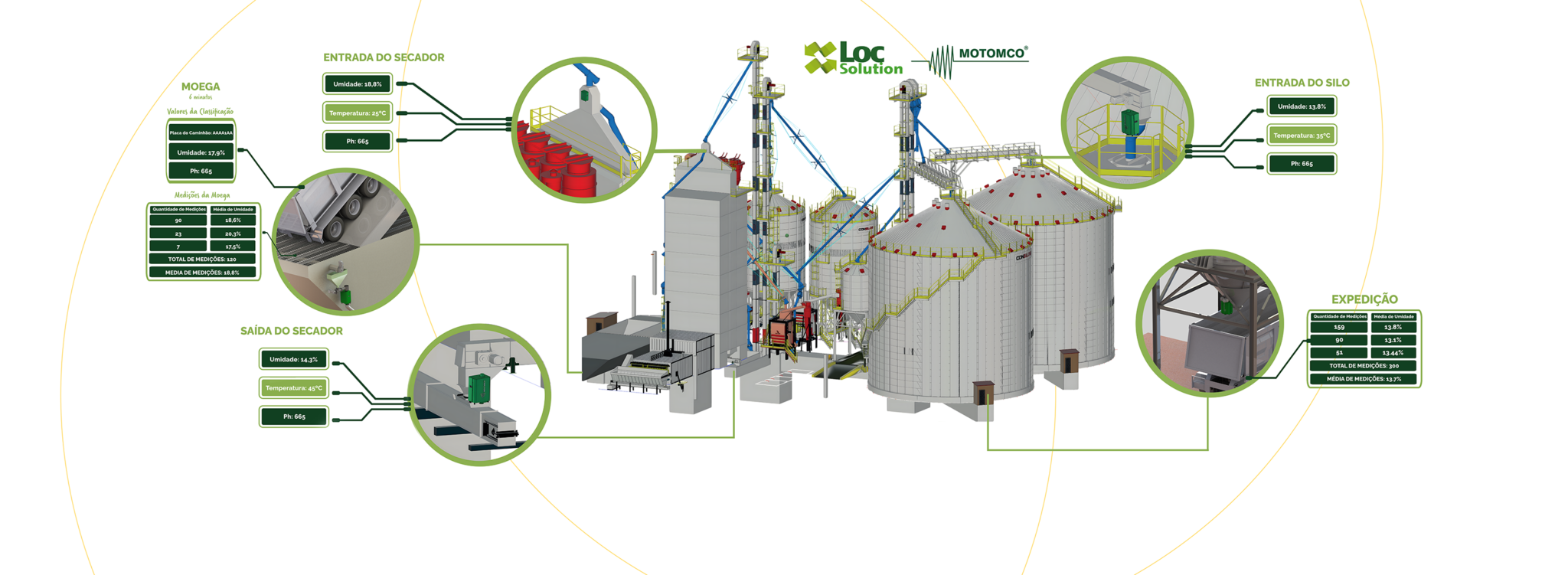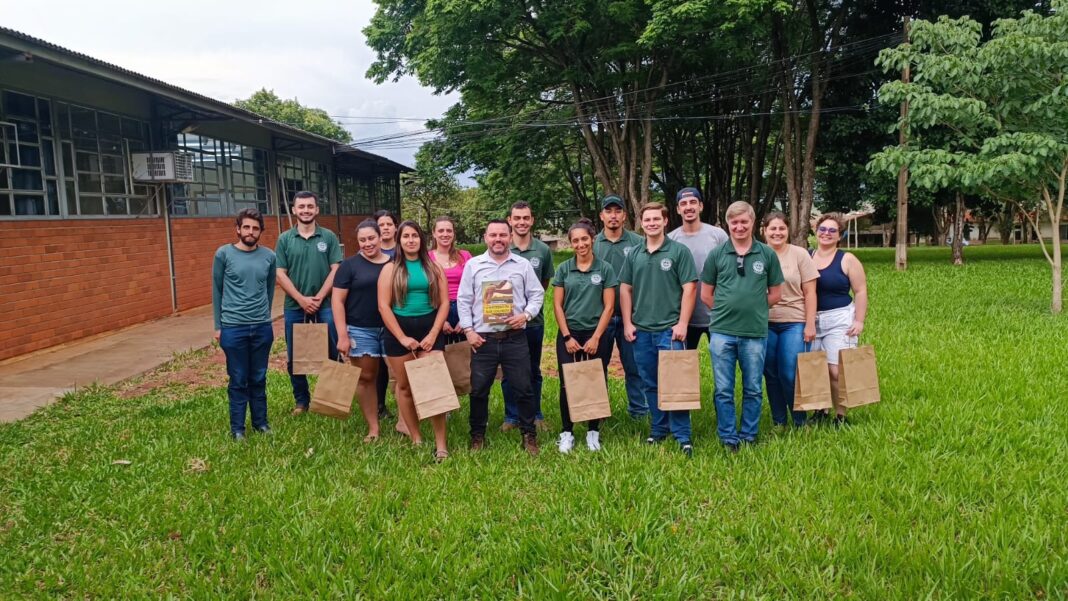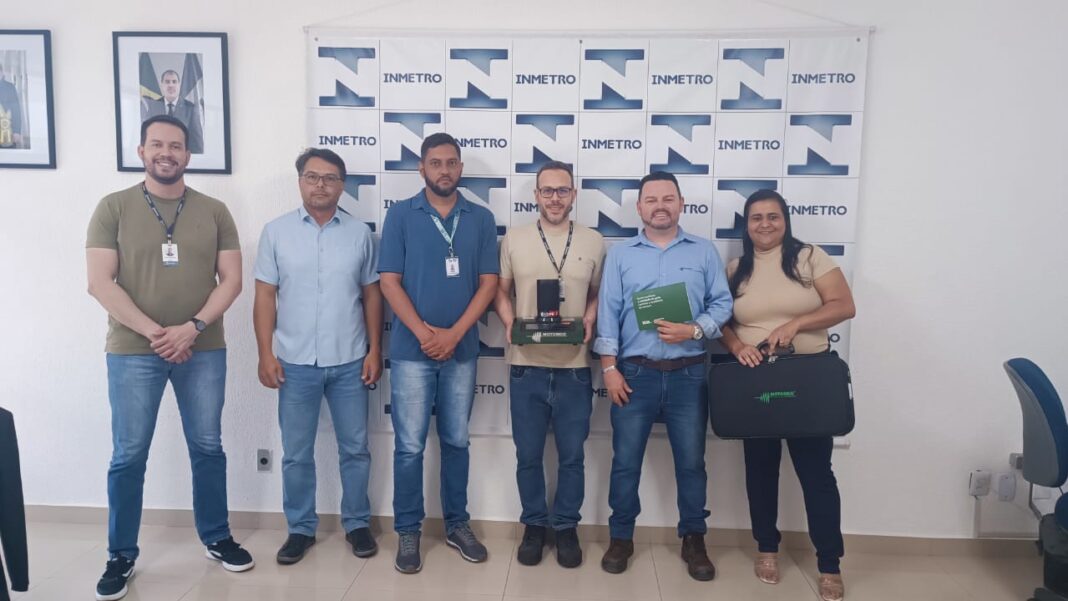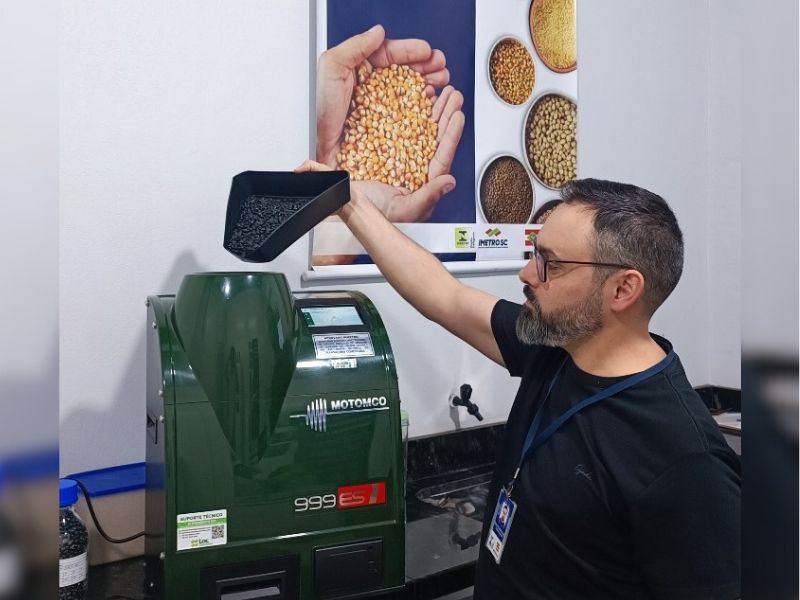The 2024/25 grain harvest is already underway in various regions of Brazil, with crops in different stages of development. Monitoring the moisture content of grains is more than just good agricultural practice; it is an essential strategy to ensure quality, preservation, and market competitiveness, especially for crops like soybeans and corn. Grains harvested with high moisture levels become more vulnerable to fungal attacks, while excessive drying can increase storage costs by up to 20%.
Soybeans: Slow Harvest Progress
With only 0.2% of the total area harvested, the soybean harvest is progressing at different rates across the country. In Minas Gerais, irrigated areas are in good condition, and harvesting is expected to begin in the coming days. In Bahia, the Western region has already completed harvesting in irrigated areas with good yields. In Mato Grosso, frequent rains have delayed fieldwork. In Paraná, early-planted crops in the far west are ready for harvest, while later-planted areas still depend on precipitation.
First Corn Crop: Climatic Challenges
Approximately 1.1% of the first corn crop has been harvested. In Minas Gerais, favorable weather conditions have allowed plants to progress through reproductive stages. In Rio Grande do Sul, dry weather has aided grain maturation but caused water stress in crops during flowering and grain-filling stages.
Ideal Harvesting Point
Knowing the right time to harvest grains is crucial. Drawing an analogy, just as a recipe requires precise cooking time, harvesting must occur at the ideal moisture level. For soybeans, the recommended level is 13%, while for corn, it ranges from 13% to 15%. Harvesting above these levels increases the risks of fungi, toxins, and higher drying costs, while harvesting below the ideal moisture can result in weight loss and grain breakage during handling.
“Technological advancements have made this task easier, from the field to grain storage. Modern equipment, such as digital moisture meters, allows producers to quickly verify the optimal harvesting point, transforming many farmers’ routines,” highlights Roney Smolareck, agronomist at Loc Solution, representative of Motomco, a brand specializing in moisture control equipment.
Beans and Rice in Focus
The bean harvest is among the most advanced, with 20% of the total area already harvested. In Paraná, 35% of the area has been harvested under stable weather conditions. In Rio Grande do Sul, while planting continues in the Planalto Superior region, harvesting progresses in other areas.
As for rice, only 0.3% of the area has been harvested so far. In Rio Grande do Sul, crops are in excellent condition, benefiting from high sunlight incidence. In Santa Catarina, mild temperatures and low cloud cover favor flowering and grain filling. In Tocantins, irrigated areas are maturing, with harvesting expected in the coming days.
Technology at the Service of Productivity
Loc Solution/Motomco equipment has proven indispensable for ensuring precision in grain management. The DRY meter, developed by Motomco, is an innovative solution for control and traceability, capable of being installed in strategic points such as hoppers, silo entries, and cargo dispatch areas.
“With the support of modern technologies, Brazilian producers have tools at their disposal to help ensure the quality of the harvest,” emphasizes Smolareck.
 Paraguai
Paraguai




